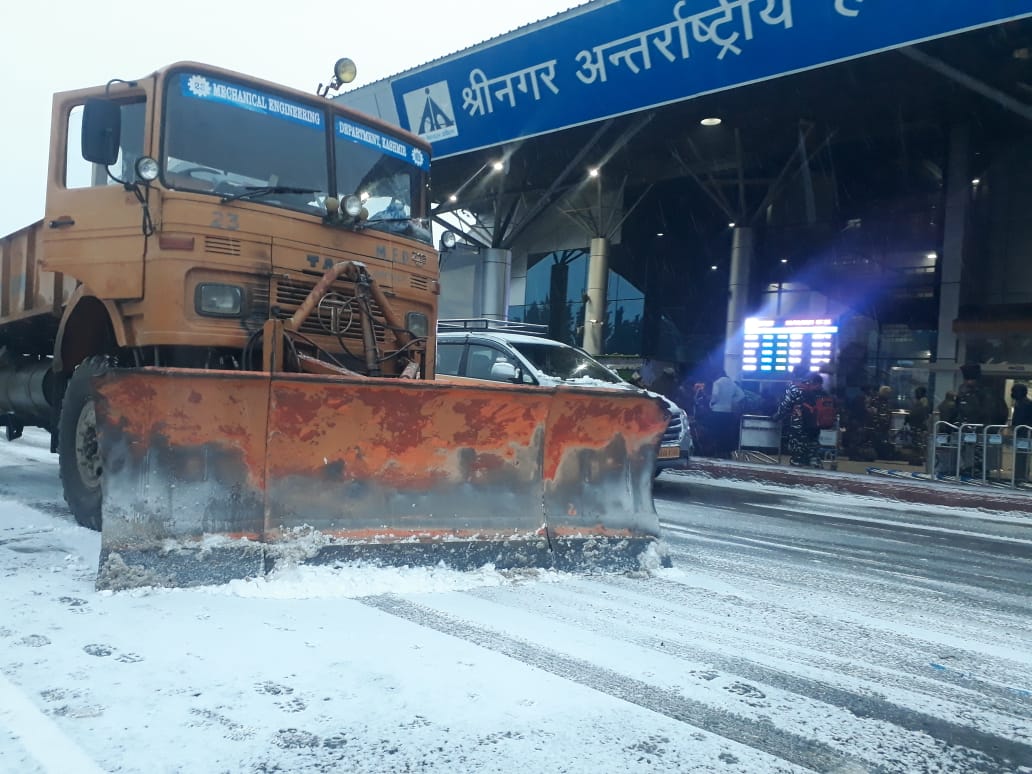
London– The explosion that happened in August in the Port of Beirut was one of the most powerful non-nuclear blasts in history — releasing enough energy in a matter of milliseconds to power over 100 homes for a year — according to a new assessment of the disaster in the Lebanese capital by researchers.
The researchers from the University of Sheffield in the UK hope that the new assessment can be used to provide policymakers and the public with more accurate information on the blast, as well as help first responders prepare for future disasters and save lives.
The August 4 explosion killed more than 190 people, injured around 6,500 and damaged thousands of buildings in Beirut.
After analysing videos of the explosion posted on social media, the team was able to estimate the power of the blast by tracking how the explosion’s shockwave spread through the city.
The assessment, published in the journal Shock Waves, found that the size of the explosion was the equivalent of between 500-1100 tonnes of TNT — around 1/20th of the size of the atomic bomb that was used on Hiroshima on August 6, 1945.
The explosion also released — in a matter of milliseconds — the equivalent of around 1GWh of energy, equal to the hourly energy generated by three million solar panels or 400 wind turbines, the researchers said.
They hope that by releasing a more accurate assessment of the blast, including an insight into how the shockwave travelled, it could be used to help with future disaster response planning.
The data could be used by first responders to help predict the likely injuries and structural damage at various distances from a blast in future emergency situations.
“The disaster that hit Beirut this summer was devastating and we hope that nothing like that ever happens again,” said Sam Rigby, Senior Lecturer at the University of Sheffield.
“This was an unprecedented event because never before has such a large explosion been so well documented,” Rigby said.
After seeing the events unfold, the researchers wanted to use their expertise in blast engineering to help understand what had happened in Beirut and provide data that could be used to help prepare for, and save lives in such events should they ever happen again.
“By understanding more about the power of large scale accidental explosions like the one that occurred in Beirut, we can develop more accurate predictions of how different buildings will be affected, and the types of injuries there are likely to be at different distances from the blast,” Rigby added.
Follow this link to join our WhatsApp group: Join Now
Be Part of Quality Journalism |
Quality journalism takes a lot of time, money and hard work to produce and despite all the hardships we still do it. Our reporters and editors are working overtime in Kashmir and beyond to cover what you care about, break big stories, and expose injustices that can change lives. Today more people are reading Kashmir Observer than ever, but only a handful are paying while advertising revenues are falling fast. |
| ACT NOW |
| MONTHLY | Rs 100 | |
| YEARLY | Rs 1000 | |
| LIFETIME | Rs 10000 | |













